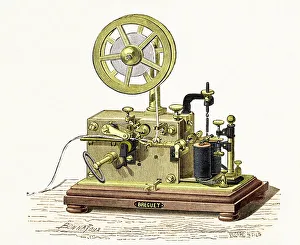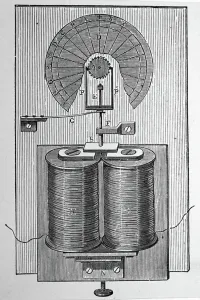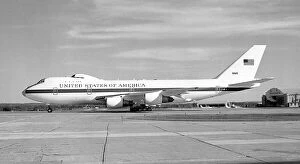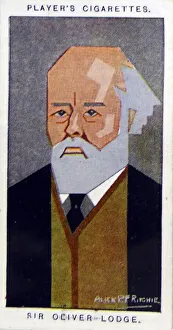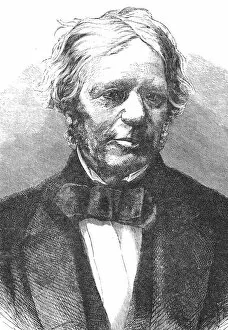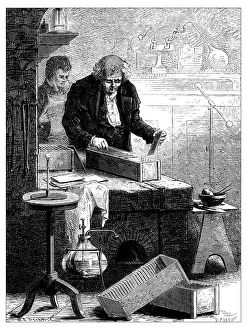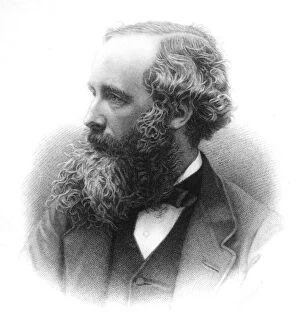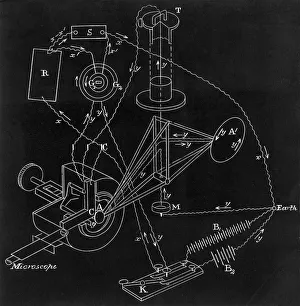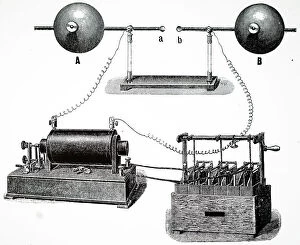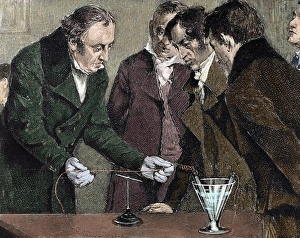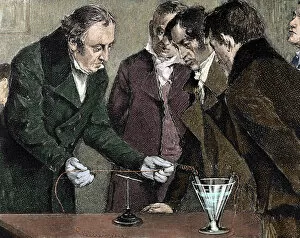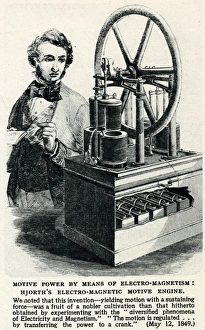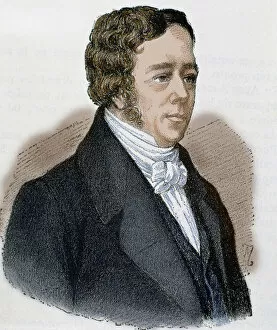Electromagnetic Collection
"Unleashing the Power of Electromagnetic Forces: From Scrap Iron Recycling to High-Tech Aircraft" Electromagnetic forces have revolutionized various industries
All Professionally Made to Order for Quick Shipping
"Unleashing the Power of Electromagnetic Forces: From Scrap Iron Recycling to High-Tech Aircraft" Electromagnetic forces have revolutionized various industries, from scrap iron recycling to advanced aerospace technology. One such application is seen in the telegraph receiver, where electromagnetic waves transmit messages across vast distances. In the realm of recycling, an electromagnetic crane takes center stage at Pacific Steel as it effortlessly lifts and transports massive amounts of scrap steel for recycling. This sustainable approach not only reduces waste but also conserves valuable resources. Speaking of high-tech marvels, Boeing E-4B aircraft showcase the incredible power of electromagnetism. With models like 73-1676, 75-0125, 74-0787, and 73-1677 taking flight, these airborne command centers demonstrate how electromagnetic systems enable seamless communication and coordination during critical missions. The roots of this phenomenon can be traced back to brilliant minds like Michael Faraday and Hans Christian Oersted. Faraday's groundbreaking experiments laid the foundation for our understanding of electromagnetism while Oersted's discoveries revealed its connection with electric currents. Today, we witness how electromagnetism continues to shape our world. Whether it's harnessing magnetic fields for efficient metal recycling or employing cutting-edge technology in aerospace engineering – electromagnetic forces are at play everywhere. So next time you see a towering crane lifting tons of scrap steel or catch a glimpse of a Boeing E-4B soaring through the sky, remember that behind these remarkable feats lies the invisible yet powerful force known as electromagnetism – forever transforming industries and pushing boundaries towards a brighter future.


